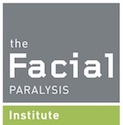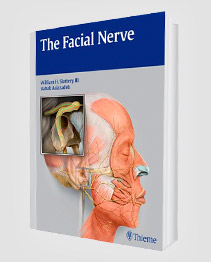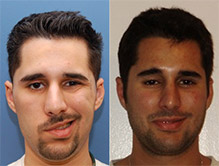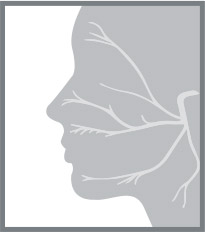Your smile is one of your most powerful forms of communication, but behind that simple expression lies a complex network of muscles working in perfect coordination. When this intricate system is disrupted by facial paralysis, the impact extends far beyond appearance.
Key Takeaways
- Face muscles work together through precise coordination controlled by the facial nerve to create expressions and smiles.
- Facial paralysis disrupts this muscular coordination, affecting both appearance and emotional expression.
- The main muscles responsible for smiling include the zygomaticus major and minor, levator labii superioris, and orbicularis oris.
- Bell’s palsy is the most common cause of sudden facial paralysis, affecting thousands of people annually.
- Modern surgical techniques can restore facial movement and expression even years after initial paralysis occurs.
The Anatomy Behind Every Expression
Face muscles differ fundamentally from other muscles in your body. While most muscles connect bone to bone, facial muscles attach directly to skin and other soft tissues. This unique arrangement allows for the subtle movements that create our vast range of expressions.
Primary Muscles of Expression
The main players in facial movement each have specific roles:
- Zygomaticus major – The primary “smiling muscle” that pulls mouth corners upward and outward
- Zygomaticus minor – Lifts the upper lip during expressions
- Levator labii superioris – Elevates the lip for detailed movements
- Orbicularis oris – The circular mouth muscle that provides foundational structure
- Risorius – Creates the lateral pull that shapes a characteristic smile
These muscles don’t work in isolation. When you understand what is a smile from a muscular perspective, you begin to appreciate the remarkable coordination required for this seemingly simple act.
How Your Brain Controls Facial Movement
The facial nerve, also known as cranial nerve VII, serves as the primary highway connecting your brain to your facial muscles. This nerve originates in the brainstem and travels through a narrow bony canal before branching out to innervate different muscle groups.
The Neural Control System
Two distinct brain regions control different types of facial movement:
- Motor cortex – Initiates voluntary facial movements like deliberate smiles
- Limbic system – Triggers spontaneous emotional expressions
The anatomy of a smile involves precise timing and coordination between these neural signals. When everything works properly, you don’t think about smiling. It happens automatically in response to emotions or social cues.
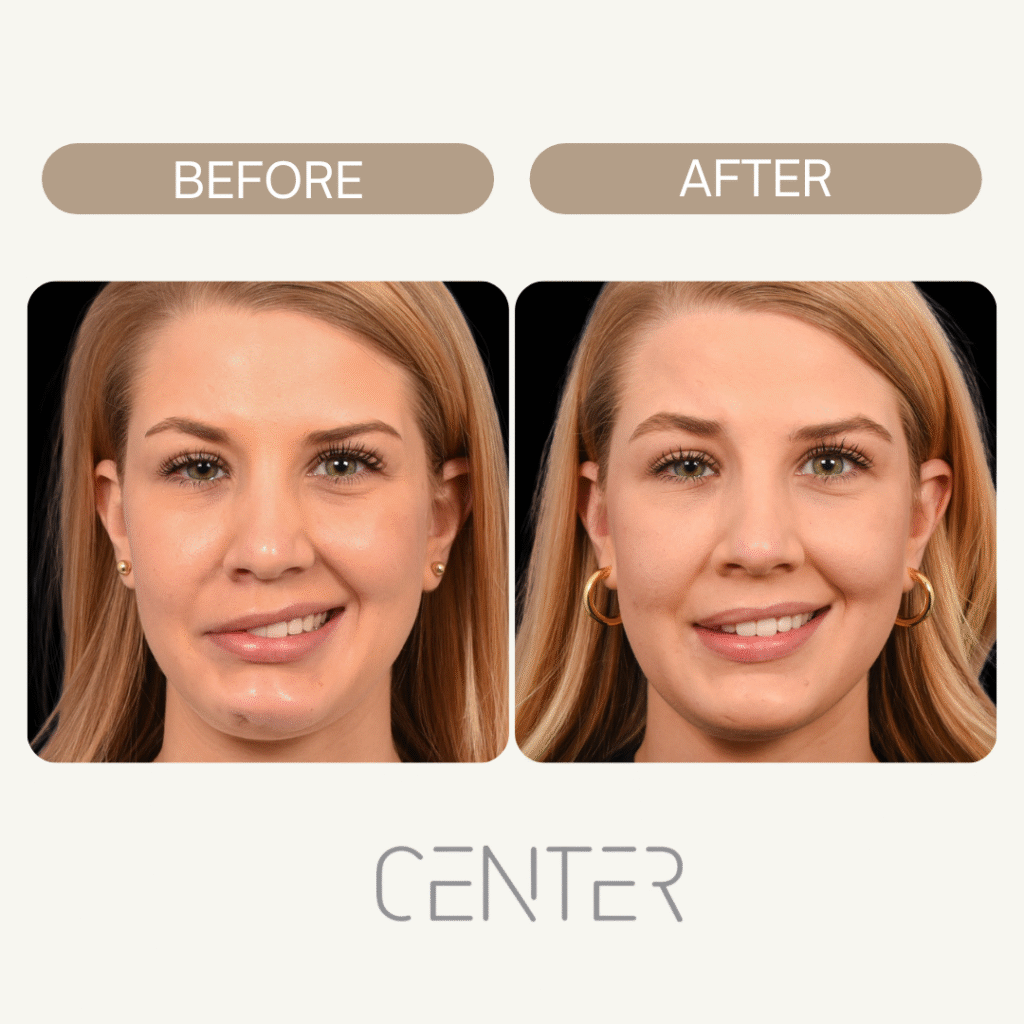
Understanding Facial Paralysis
Facial paralysis occurs when the facial nerve becomes damaged or compressed, disrupting the normal flow of signals to facial muscles. This disruption can be partial or complete, temporary or permanent, affecting one or both sides of the face.
Common Causes of Facial Paralysis
Bell’s Palsy The most common form of facial paralysis is bells palsy, which affects approximately 40,000 Americans each year. This condition typically develops suddenly, often overnight, leaving individuals unable to move one side of their face.
Other Causes Include:
- Acoustic neuromas (benign tumors that compress the facial nerve)
- Traumatic injuries that damage the nerve pathway
- Stroke affecting different neural pathways
- Surgical complications from ear, brain, or parotid gland procedures
Facial nerve palsy can also result from surgical procedures where surgeons must carefully navigate around the facial nerve.
https://facialparalysisinstitute.com/blog/what-is-moebius-syndrome
The Emotional Impact of Lost Expression
When facial paralysis affects your ability to smile, the consequences reach far beyond cosmetic concerns. Facial expressions serve as a primary form of nonverbal communication, conveying emotions, intentions, and social cues that words alone cannot express.
Physical and Psychological Effects
The loss of facial expression creates multiple challenges:
- Communication barriers – Misunderstandings in social interactions
- Internal emotional impact – Disrupted mood-enhancing chemical release
- Social isolation – Withdrawal from normal activities
- Professional consequences – Career limitations in communication-dependent fields
Research demonstrates that facial expressions not only communicate emotions to others but also influence how we feel internally. The physical act of smiling triggers the release of endorphins and other mood-enhancing chemicals in the brain.
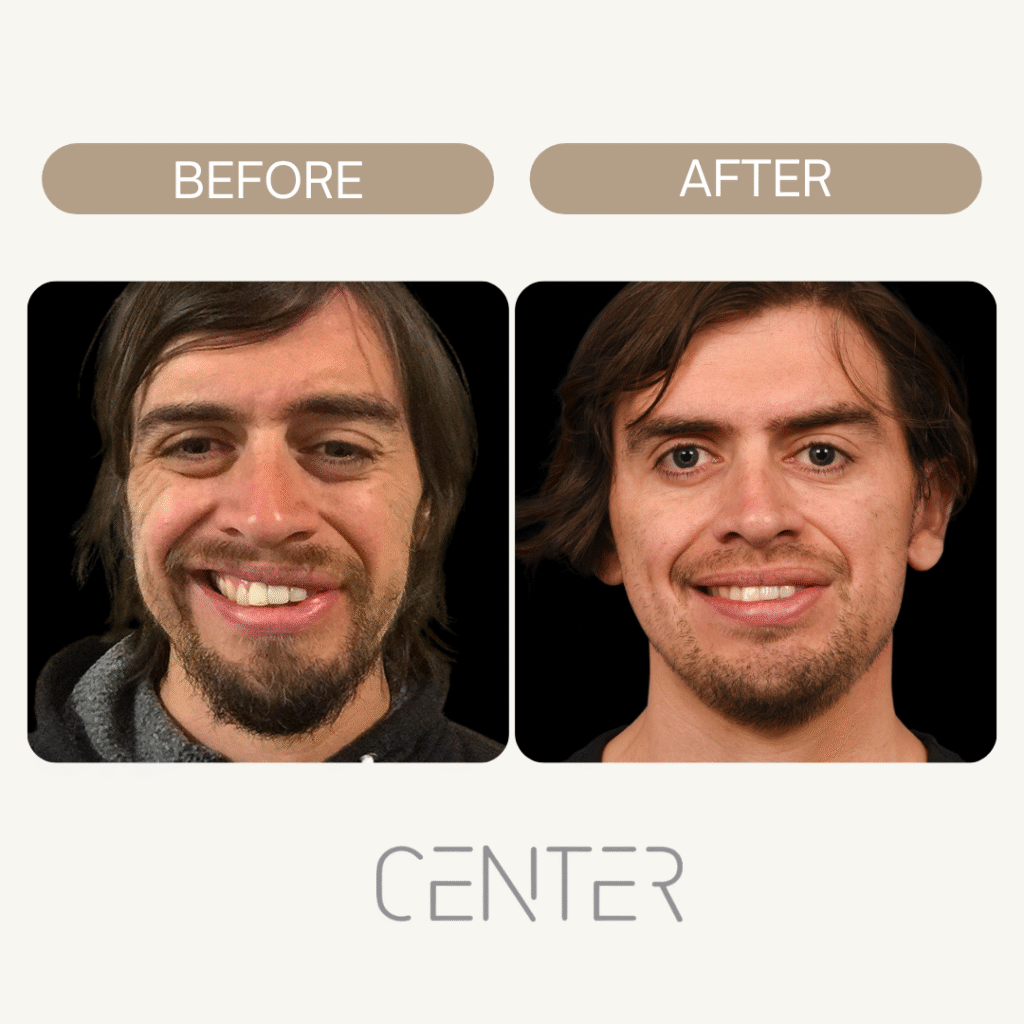
Modern Treatment Approaches
Today’s medical professionals have numerous options to help restore facial function and expression. The choice of treatment depends on the cause of paralysis, how long it has been present, and the degree of nerve damage.
Non-Surgical Treatments
Immediate Care for Bell’s Palsy:
- Corticosteroids within 72 hours of onset
- Physical therapy to maintain muscle tone
- Facial exercises to prevent contractures
- Eye protection to prevent corneal damage
Surgical Interventions
When conservative treatments fail or when the facial nerve has been severed, surgery becomes necessary:
Nerve Repair Procedures:
- Nerve grafting – Reconnects damaged segments using donor tissue
- Nerve transfers – Redirects functioning nerves to power paralyzed muscles
- Microsurgical techniques – Provides precise nerve reconstruction
Muscle Transfer Options:
- Free muscle transfers – Transplants muscle and nerve from distant body sites
- Local muscle transfers – Repositions nearby functioning muscles
Facial reanimation procedures specifically designed to fix a crooked smile have evolved dramatically in recent years. These operations focus on restoring the specific muscle movements needed for natural-looking smiles.
Living with Facial Paralysis
While medical treatments continue to advance, many people successfully adapt to living with facial paralysis. Support groups provide valuable connections with others who understand the unique challenges of this condition.
Practical Adaptations
Daily Management Strategies:
- Special exercises and massage techniques to prevent muscle atrophy
- Eye protection methods for affected sides
- Speech therapy to improve communication
- Makeup techniques to minimize visual asymmetry
Many people find that focusing on other aspects of their appearance and personality helps maintain confidence during the recovery process.
If you or a loved one is living with facial paralysis, expert help is available. Whether you’re seeking answers, exploring treatment options, or considering facial reanimation surgery, the team at the Facial Paralysis Institute is here to guide you. Reach out today to schedule a consultation and start your path toward renewed confidence and expression.
Conclusion
The science behind your smile reveals a remarkable system of muscles, nerves, and neural pathways working in perfect harmony. When facial paralysis disrupts this system, the impact affects not just appearance but communication, emotion, and quality of life.
Modern medicine offers more hope than ever for people affected by facial paralysis. From early intervention treatments to complex surgical procedures, the options continue to expand and improve. While the journey to restore facial function may be challenging, the potential for meaningful improvement remains strong.
Request your consultation with Dr. Azizzadeh today
Call us at (310) 657-2203 to schedule an appointment.
Schedule a Consultation